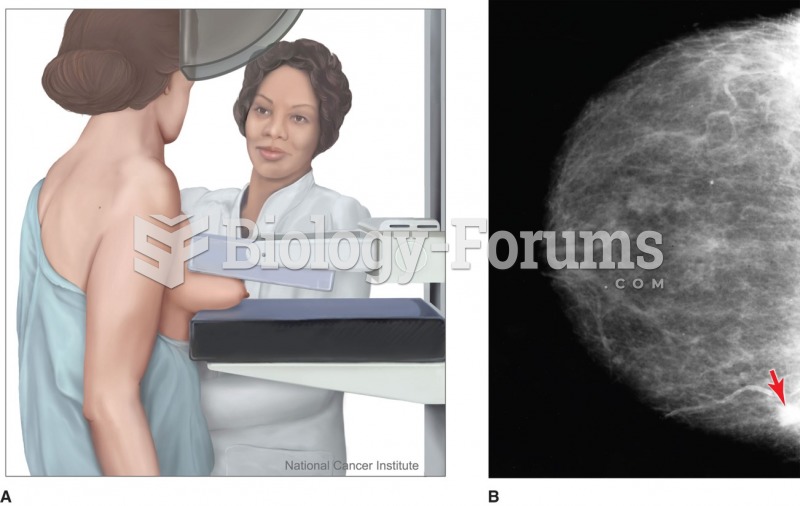|
|
|
The first oncogene was discovered in 1970 and was termed SRC (pronounced "SARK").
The Centers for Disease Control and Prevention (CDC) was originally known as the Communicable Disease Center, which was formed to fight malaria. It was originally headquartered in Atlanta, Georgia, since the Southern states faced the worst threat from malaria.
According to the Migraine Research Foundation, migraines are the third most prevalent illness in the world. Women are most affected (18%), followed by children of both sexes (10%), and men (6%).
The people with the highest levels of LDL are Mexican American males and non-Hispanic black females.
Astigmatism is the most common vision problem. It may accompany nearsightedness or farsightedness. It is usually caused by an irregularly shaped cornea, but sometimes it is the result of an irregularly shaped lens. Either type can be corrected by eyeglasses, contact lenses, or refractive surgery.
 A clogged PCV system caused the engine oil fumes to be drawn into the air cleaner assembly. This is ...
A clogged PCV system caused the engine oil fumes to be drawn into the air cleaner assembly. This is ...
 To measure fuel-injector resistance, a technician constructed a short wiring harness with a double ...
To measure fuel-injector resistance, a technician constructed a short wiring harness with a double ...





